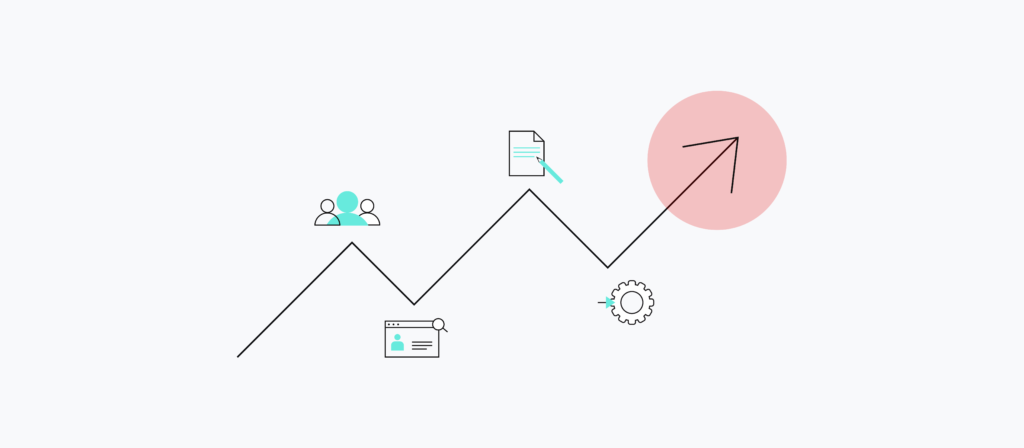For large enterprises, integration platforms are the backbone that keeps the business running—but for many teams, constant maintenance, upgrades, and migration projects have become a recurring source of pain. Instead of accelerating digital initiatives, time and budget are spent fixing, testing, and redoing past work with every platform update.
Here’s a real-world scenario making the rounds in the integration community:
If this scenario looks familiar, you’re not alone. The expectation: Make a large up-front investment, set up your integrations, then benefit from the ROI for years. The reality? Every major version upgrade means another cycle of regression testing, re-coding, and re-architecting, with costs and effort that rival your initial deployment.
Here’s the kicker: This isn’t a MuleSoft-only problem. As seen with other “medium-code” platforms and most legacy iPaaS, coupling integration logic directly to runtime means you’re stuck in a perpetual rebuild cycle.
Your IT team becomes an upgrade squad instead of an innovation engine. It’s like bailing water from one leaking boat into the next—it might keep you afloat, but you’re never getting ahead.
Why the Pain Persists: The Maintenance, Rework, and Rebuild that Never Ends
Upgrading an integration platform should make life easier, not harder. Yet for many enterprises, every platform “upgrade” is an exercise in frustration, ballooning cost, and wasted time. The root cause isn’t just vendor policy—it’s a core architectural flaw.
The uncomfortable reality: Those who’ve lived through multiple upgrade cycles know the maintenance never really ends, and the business pays the price—this is the inevitable outcome of tightly coupled integration architecture.
1. Major upgrades aren’t patching. They’re rebuilds.
“It’s never as simple as patching, especially if there are some very specific implementation[s] that might not have backwards compatibility… Moving through major versions is like moving to a new product at times. Jumping from Mule 3 to Mule 4 would be somewhat like jumping from Salesforce to Microsoft Dynamics 365.” – Karol Skrzymowski, Integration Architect
2. Technical debt and short-term decisions compound pain.
“If the code originally written had substantial architectural and design issues? Customers must shell out more dollars unless they clear the architectural, design, and code-level technical debt… Now the customer has come back for Java 17, and unfortunately the task which supposed to be simple now became complex” – Mahesh Raja, Enterprise Architect, Head of COE – MuleSoft Technology
3. Upgrade cycles repeat—costs, testing, and effort never end.
“When you’re asked to go through a full regression cycle for 100+ APIs every 8–9 months, it starts to chip away at those very benefits—and it becomes increasingly difficult to justify the investment.” – Harshank Bansal, Certified MuleSoft & AWS Architect
This isn’t limited to MuleSoft; similar platforms like Boomi—and most traditional integration solutions—have the same architectural flaw: they bind what you build to how it runs. When the underlying engine changes, your integrations break. It’s like every database update breaking your queries, or every Excel version forcing you to rewrite your formulas.
Workato: Decoupled by Design, Built for Change
Workato’s approach is fundamentally different by design. Our architecture fully separates builder intent (“the recipe”) from runtime execution (“the cooking process”). With every platform upgrade, full business continuity is preserved: your critical integrations and workflows keep running reliably—no manual rework, regression testing, or downtime required.

Here’s what this delivers for your enterprise:
- No more ‘upgrade tax’: Integrations remain stable and reliable, regardless of how the underlying platform evolves. Build once—no cycles of regression testing or refactoring required.
- Business continuity as the default: Mission-critical workflows remain resilient and uninterrupted—even as security, performance, and features advance behind the scenes.
- Superior security posture: Automatic security patches and updates eliminates security gaps that occur during traditional upgrade cycles.
- Continuous innovation, zero downtime: Nearly 1,000 platform releases in 2024—all delivered without any business interruption or broken recipes.
- Unified building experience: Where competitors acquire technology to bolt-on ‘features’ creating fragmented toolsets and new skills requirements—Workato provides a single builder and runtime for every use case: iPaaS, API management, EDI, MDM, ETL/ELT, AI Agents, and more.
This architectural intentionality isn’t just future-proofing—it’s operational resilience for enterprises that can’t afford downtime, lost productivity, or upgrade-driven technical debt.
Workato vs. Legacy iPaaS Architectures
| Criteria | Legacy (Tightly Coupled) | Workato (Decoupled) |
|---|---|---|
| Major platform upgrade | Full regression, test, rebuild | No changes needed by customer |
| Security patch | Manual, per integration | Automatic, platform-wide |
| New feature rollout | Risk of breakage, rework | Integrations auto-benefit |
| Builder experience | Fragmented (APIM, ETL, integration, RPA all different) | Unified, one builder |
| Maintenance as % of integration cost | Avg. 40–60% | Avg. <10% |
For Architects: This Is About Future-Proofing, Not Fads
The speed of business—and integration requirements—won’t slow down. If every platform update throws your architecture into chaos, you’re burning time and budget with no compounding ROI. With Workato’s decoupled runtime approach, version upgrades, scaling, and platform innovation become non-events for your team.
“If every major upgrade breaks things, that is punishment to existing customers.”
– Yee Loon Khoo, Integration Consultant
It doesn’t have to be this way.
By choosing Workato’s decoupled serverless architecture, you eliminate endless maintenance cycles and empower your team to focus on delivering business value. With a platform built for resilience, agility, and continuous change, your team can finally shift from endless maintenance to an IT strategy focused on innovation and impact.
Take the first steps
- Learn How Modern iPaaS is Evolving to Enterprise Orchestration
- Why the path forward is Cloud-Native vs. Cloud-Optimized
- The Role of APIs in Enterprise Automation
- Download the 2025 iPaaS Buying Guide

Ready to Leave the Endless Maintenance Behind?
Get a free Total Cost of Ownership (TCO) analysis comparing your current build, maintenance, and infrastructure costs to Workato.

